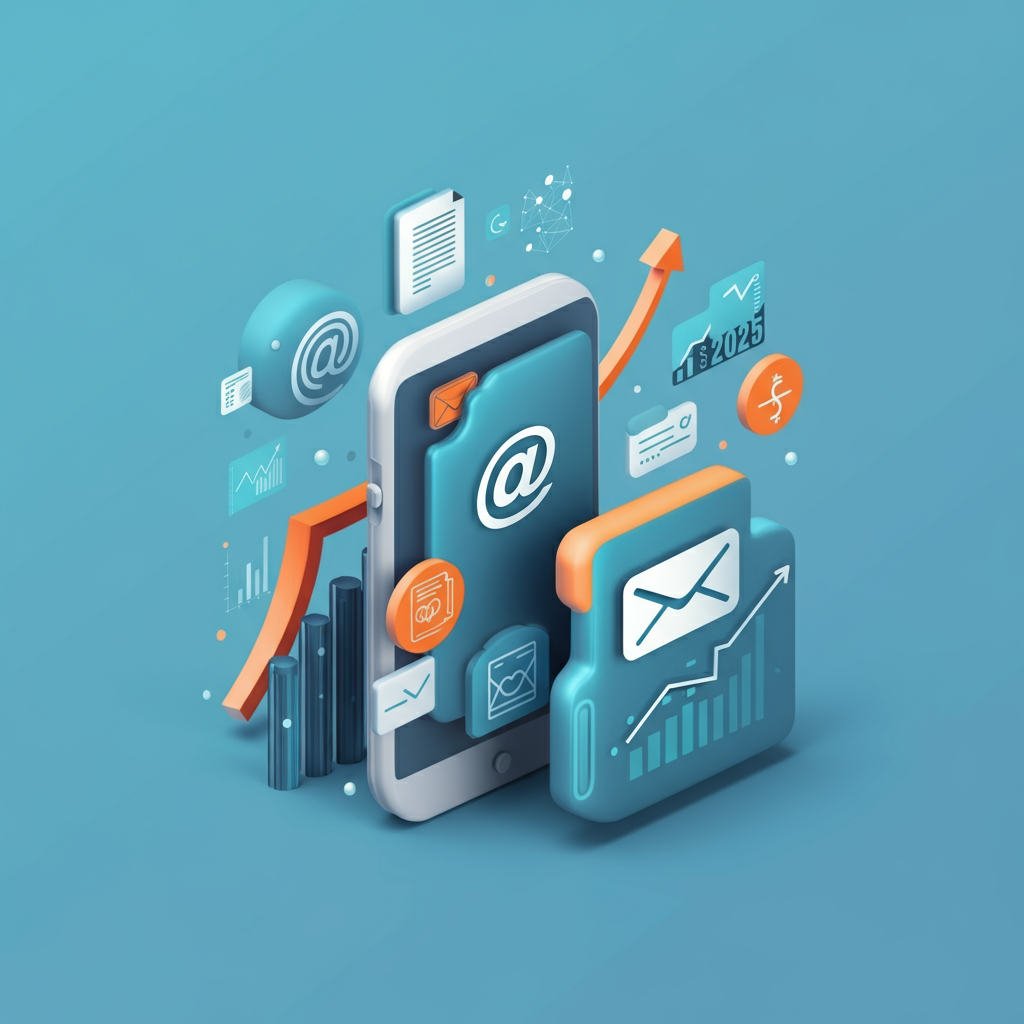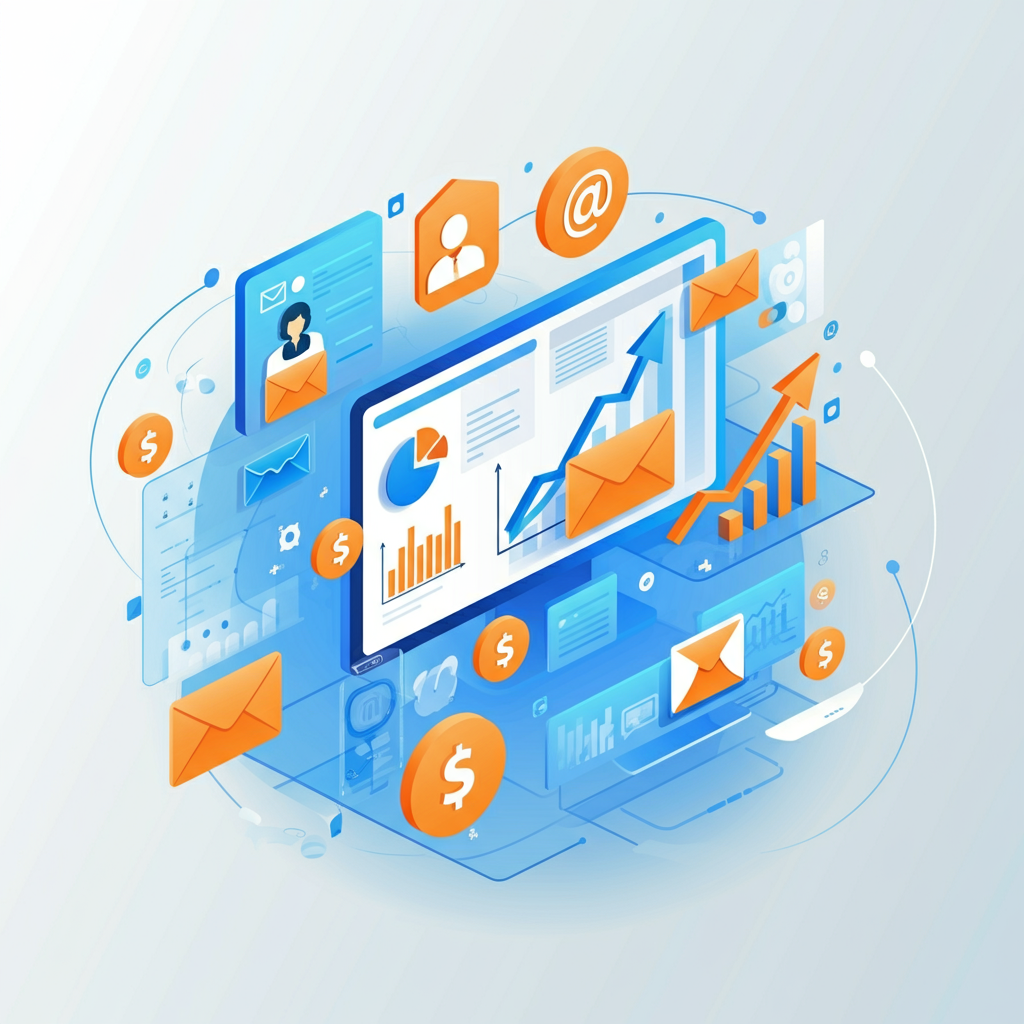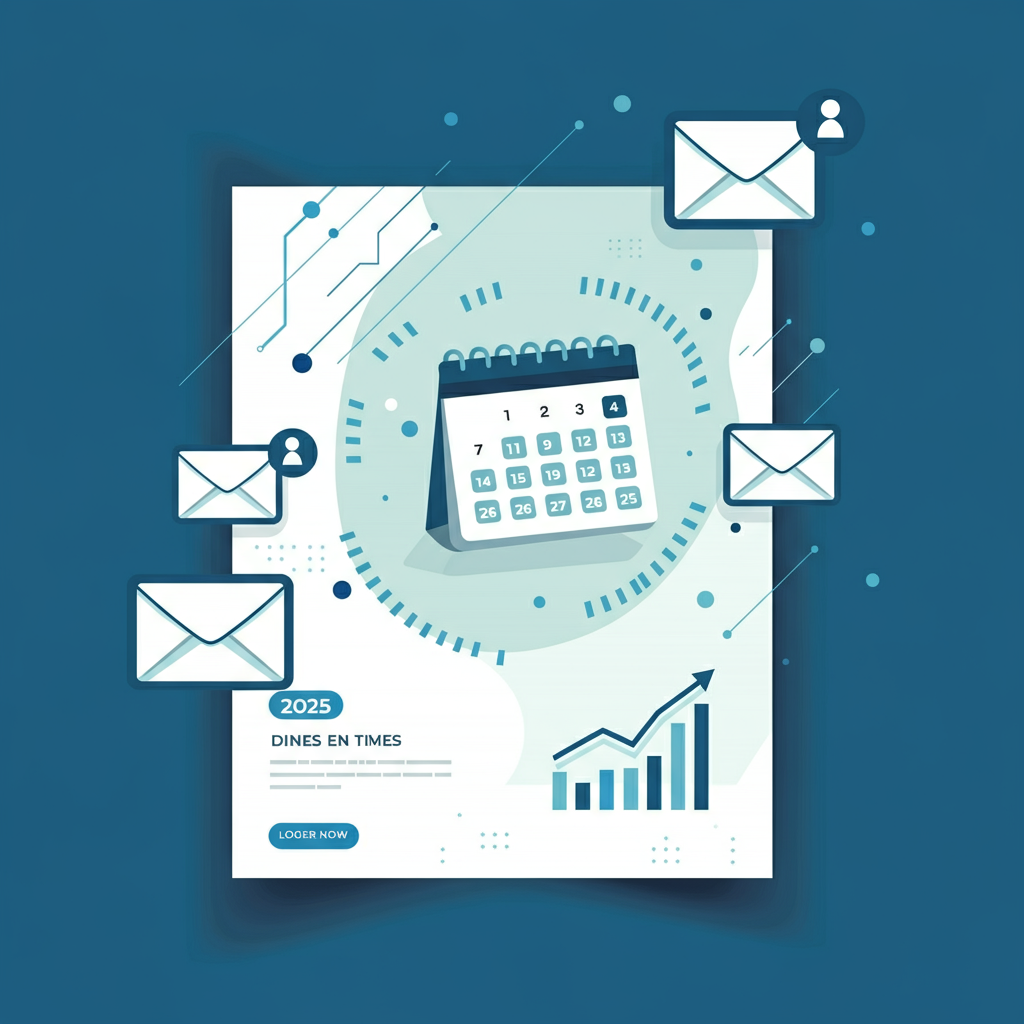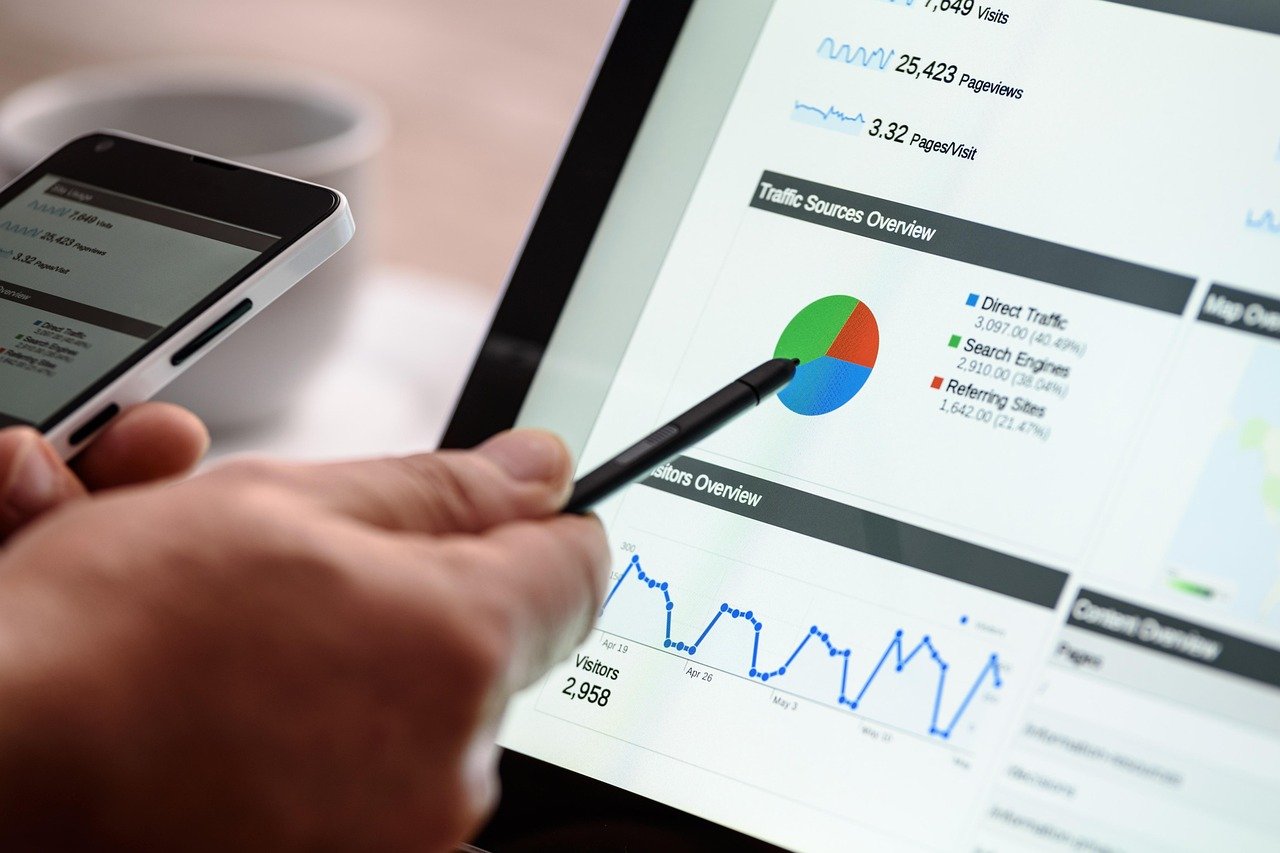Introduction
If you think email marketing is outdated, think again. Fast forward to 2025, and email is more relevant than ever. With evolving digital marketing trends and consumers demanding more personalized experiences, email marketing continues to be one of the most cost-effective, targeted, and powerful tools businesses can use to connect with their audience.
But why does email remain a dominant strategy in such a fast-evolving digital age? And more importantly, how can businesses use it to stay ahead of the curve?
This guide will explore why email marketing is still a game-changer in 2025. We’ll discuss its benefits, strategies for success, and how you can use it to grow your business.
What Is Email Marketing and Why Is It Still Relevant in 2025?

Email marketing is the practice of sending tailored, targeted messages directly to an individual’s inbox. Whether it’s promoting a product, sharing a newsletter, or offering exclusive deals, email marketing lets you engage with your audience on a personal level.
Despite new tools and platforms emerging every year, email marketing remains a crucial element of digital marketing, and here’s why it’s still relevant in 2025.
- Personalized Communication: AI-enhanced tools make hyper-personalized emails seamless and efficient.
- Direct Consumer Access: No algorithms limit reach, unlike social media. Your message lands straight into the reader’s inbox.
- High ROI: Email marketing still boasts an impressive return on investment, often cited as $40 for every $1 spent.
Top 9 Benefits of Email Marketing in 2025

1. Enhanced Personalization
Consumers crave authenticity and relevancy in their interactions with brands. Modern email platforms allow sophisticated segmentation and personalization. From greeting recipients by name to tailoring content for their preferences, personalized emails outperform generic ones by a mile.
Example: A clothing brand could send “Top 5 Winter Styles for You, Jane” based on Jane’s past purchases, increasing open and click rates.
2. Improved Customer Engagement
Engagement isn’t just about likes and shares; it’s about starting meaningful conversations. Email enables you to share updates, ask for feedback, or even conduct surveys in a way that feels personal.
Example: Adding interactive elements like polls or quick-reply buttons can boost engagement.
3. Higher Conversion Rates
When done right, email marketing is a lead-conversion machine. By sharing exclusive discounts, product recommendations, and compelling CTAs (call-to-actions), businesses see a direct impact on revenue.
Tip: Use urgency-driven subject lines like “24 Hours Only – 25% Off Your Favorite Items!”
4. Cost-Effective Marketing
Email marketing is one of the most budget-friendly marketing channels. Unlike paid ads, there’s no pay-per-click cost. All you need is a robust email platform and some creativity.
If you’re a small business, this affordability levels the playing field with bigger competitors.
5. Measurable Results
Thanks to advanced analytics, you can track opens, clicks, bounces, and more. Real-time data shows what content resonates with your audience, making A/B testing and optimization easy.
Tip: Look for email platforms that offer heatmaps to see where your readers are clicking.
6. Increased Brand Awareness
Regularly popping into your subscribers’ inbox (in a valuable way) can keep your brand top-of-mind. Over time, this builds trust and establishes you as an authority in your niche.
7. Direct Communication Channel
Social media platforms are great but constantly changing algorithms can limit your reach. Email marketing allows you to bypass those barriers and communicate directly with your audience without any interference.
8. Better Customer Retention
Emails play a vital role in nurturing customer relationships. Whether it’s a “thank you” email after a purchase or personalized offers for loyal customers, small touches go a long way in retaining them.
9. Mobile-Friendly Optimization
With 85% of users accessing emails on their smartphones in 2025, mobile optimization is non-negotiable. Email marketing platforms now offer responsive templates to ensure your emails look great, no matter the device.
How to Implement an Effective Email Marketing Strategy in 2025

Having understood the benefits, here are actionable steps to create a successful email marketing strategy in 2025.
Define Clear Goals
What’s the purpose of your emails? Is it to increase website traffic, boost sales, or simply engage your audience? Defining this goal will shape your campaigns.
Build a Robust Email List
Focus on quality over quantity. Use lead magnets like free e-books, discounts, or exclusive content to encourage sign-ups. Just ensure your users opt-in willingly to comply with data privacy regulations.
Leverage AI Tools for Segmentation
AI-powered platforms can help segment your email list into meaningful categories like purchase history, demographics, and behavior. Tailoring your content accordingly will ensure higher engagement.
Optimize for Mobile Devices
Make sure your emails are mobile-responsive. This means clear text, big CTA buttons, and quick load times. It’s critical that your emails offer a seamless experience on small screens.
Use Data-Driven Insights
Continuously measure your email’s performance. Experiment with headlines, CTAs, and content formats to find what resonates most and optimize accordingly.
Incorporate Visuals and Interactive Elements
Attention spans are shorter than ever. Spruce up your emails with videos, GIFs, and polls to keep things engaging while still aligning with your brand’s tone.
Personalize Everything
Segmentation and personalization go hand in hand. Use subscriber names, birthdays, order histories, and preferences to craft email content tailored to each recipient.
Don’t Spam Stay Relevant
Nobody likes being spammed. Send emails at the right frequency and ensure every email offers value.
People Also Ask
How effective is email marketing in 2025?
Email marketing remains highly effective due to its personalization capabilities, direct communication, and high ROI.
What are the best tools for email marketing?
Popular tools include Mailchimp, Constant Contact, and SendinBlue. For advanced users, platforms like Klaviyo offer better segmentation and analytics.
How often should I send emails?
The ideal frequency depends on your audience. Start with weekly emails and adjust based on engagement.
What’s the best time to send marketing emails?
Studies suggest midweek mornings (Tuesday or Wednesday around 10 AM) often yield the best results, but always test to see what resonates with your audience.
Take Your Marketing to the Next Level
Email marketing in 2025 isn’t just about sending messages it’s about building genuine relationships with your audience. With personalization, advanced tools, and a well-thought-out strategy, businesses can enjoy unparalleled results.
Whether you’re an entrepreneur, a startup founder, or an established business owner, email marketing can unlock significant growth for your brand.
Start incorporating these strategies today, and stay ahead of the curve. After all, in 2025, success truly begins in the inbox.


